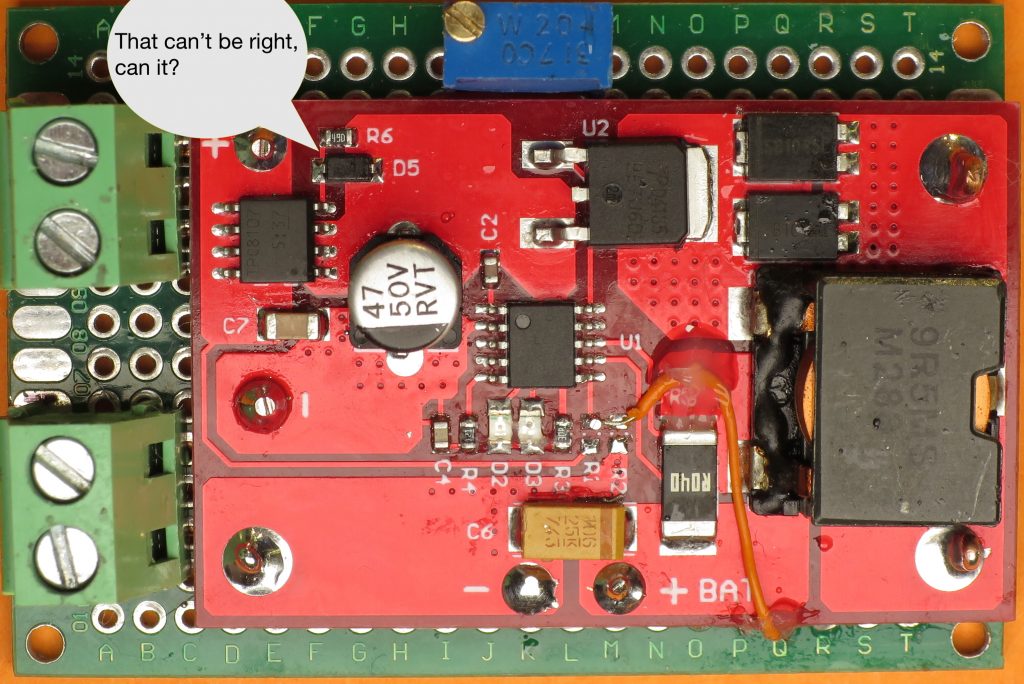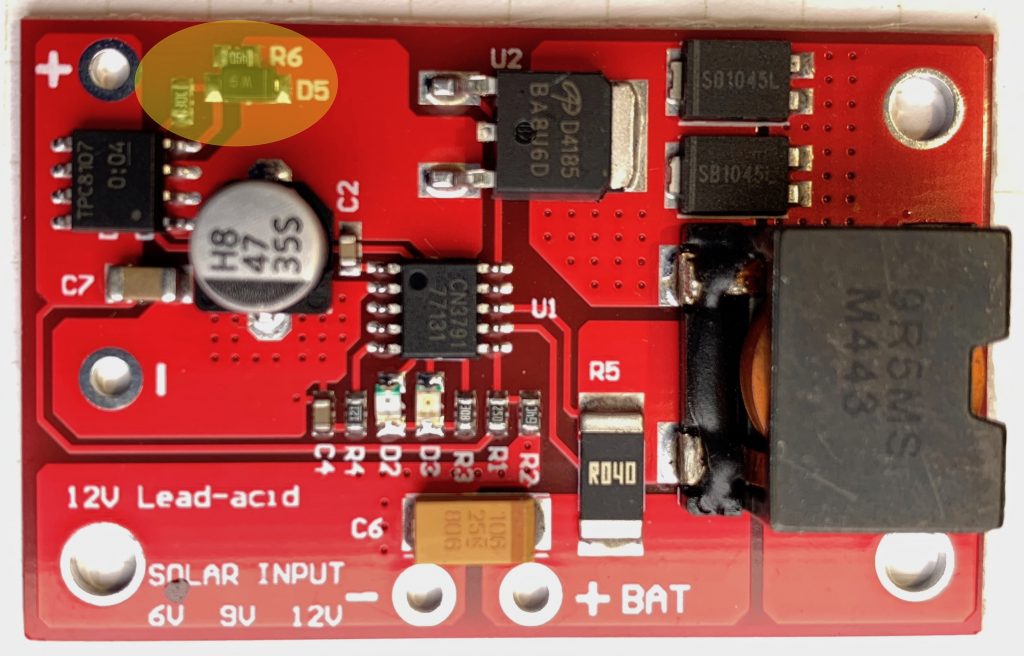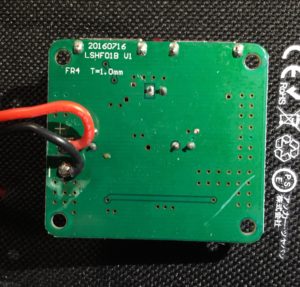I’ve been tinkering with a small, semi-potable solar setup and have an eye to upgrading it. These are my notes. My facts my be incorrect, they are certainly incomplete.
My system is currently configured as:
- 18W, 18v flexible Sunpower panel.
- CN3791 MPPT charge controller
- LiIon battery pack(s) made from 1S20P Samsung 28A 18650 cells. Configured as two packs of 1S6P and one pack of 1S8P, each with a cheap protection board. Estimated capacity is ~150Wh
- ~15W 6v folding, portable panel, made from Sunpower cells. I’ve added a bypass for the buck converter that supplies regulated 5V USB so I can use it with MPPT controllers.
- 21W 6V folding, portable panel, made from Sunpower cells. I’ve added a XT30 connection so I can swap in different loads, including the original 5v USB buck regulator, a different buck regulator, or an MPPT controller.
- These folding panels are hooked up parallel, they are connected to another CN3791 MPPT charger.
- Both chargers are connected in parallel to the battery bank. This could have some weird effects, particularly as the pack reaches 4.2v and goes into constant voltage mode.
The panels are not optimally deployed. They are lying flat, and due to trees, etc, only get unobstructed sun for ~4-6 hours a day. In this arrangement, peak power for the 18W panel has been about 10-12W.
The 6v panels are even more suboptimally deployed due to sitting on the floor of a window platform for cats, which means they are obscured at times by the frame and even the 18W panel which rests above them.
I also have a laminated ~6W 5V Sunpower panel that is currently unused. It originally had a buck regulator to power USB devices, but I removed it and replaced it with a quick release terminal so I can use it directly with a battery charger.
I’d like to move up to 100-200W of panel capacity before a new wave of Trump’s dumbass tarifs hit. Options in consideration:
- Rigid mono or polycrystalline panels.
- Polycrystalline is currently slightly cheaper per nameplate wattage, but maybe not enough to be compelling. Currently <$1/W.
- Pro: Cheapest option. Con: Since I’m not making a permanent installation, the fact their weight and fragility of the glass is a concern.
- Flexible panels. Lots of options, most of them dubious.
- The cheapest flexible panels are available at a ~20-50% premium over rigid panels.
- Use PET encapsulation on the sun-facing side, which isn’t suitable for constant environmental exposure.
- Use cell constructions that don’t hold up to flexing and don’t deal well with microcracks that develop in the silicon wafer due to flexing.
- Use panel interconnects that won’t hold up to flexing.
- Quality flexible panels are 2-3x as expensive as cheap rigid panels.
- Folding flexible panels.
- One, common variety uses ~6v, 7W subpanels connected in parallel to power a 5V USB buck regulator. The subpanels are made from twelve Sunpower offcuts in series. These are typically encapsulated in PET and sewn into ballistic nylon covers with cardboard for added stiffness. Newer designs use EFTE and may forgo the fabric construction a fully laminated construction and a panel thickness of 2-3 millimeters..
- $1W at the low end, >$2W for branded products like Anker or RavPower.
- The cheapest flexible panels are available at a ~20-50% premium over rigid panels.
Background Information
- Panel Basics
- Solar panels are constructed from multiple photovoltaic (PV) solar cells in series.
- A typical PV solar cell has an optimal voltage of about 0.5-0.6v, which is determined by the bandgap of the doped silicon junction.
- The number of cells assembled in series determines the panel voltage.
- Panel voltages are generally matched to their intended application.
- Six cells in series (6S) are well suited for 3V electronics of the sort powered by two Alkaline cells in series or a single lithium metal cell (like the ubiquitous CR2032 button cell.
- Ten (5V) to twelve (6V) PV solar cells in series are typically used to charge/power 5V USB devices by way of a buck-converter voltage regulator. These configurations are also well suited to charging Lithium Ion batteries, which are used in smartphones and most other battery-powered devices that can be charged from USB.
- Panels made from 32-36 cells in series are common. They have an optimal voltage of 18V, but are often labeled as 12v because they are used to charge 12v lead acid batteries without a regulated charging circuit. The are also used with LiIon batteries in conjunction with a suitable charging controller. ~100W, 18V panels are often connected in series for higher-voltage and higher powered systems, including AC systems
- 150-300W panels with 50-72 PV cells in series are also used in larger installations.
- Panel Construction
- Panels are assemblies of multiple, electrically interconnected, solar cells. They protect the component PV cells from the elements, and provide support when deploying and mounting the cells
- Rigid
- Framed Laminate panels sandwich the cells and their interconnects between glass and a sturdy backing material. The laminated panel is then held in an aluminum frame to enhance rigidity, provide protection, support and points of attachment for mounting the panel.
- Cast panels are typically under a few watts of power. They seal the cell in protective epoxy or another cast resin.
- Flexible
- Laminated





